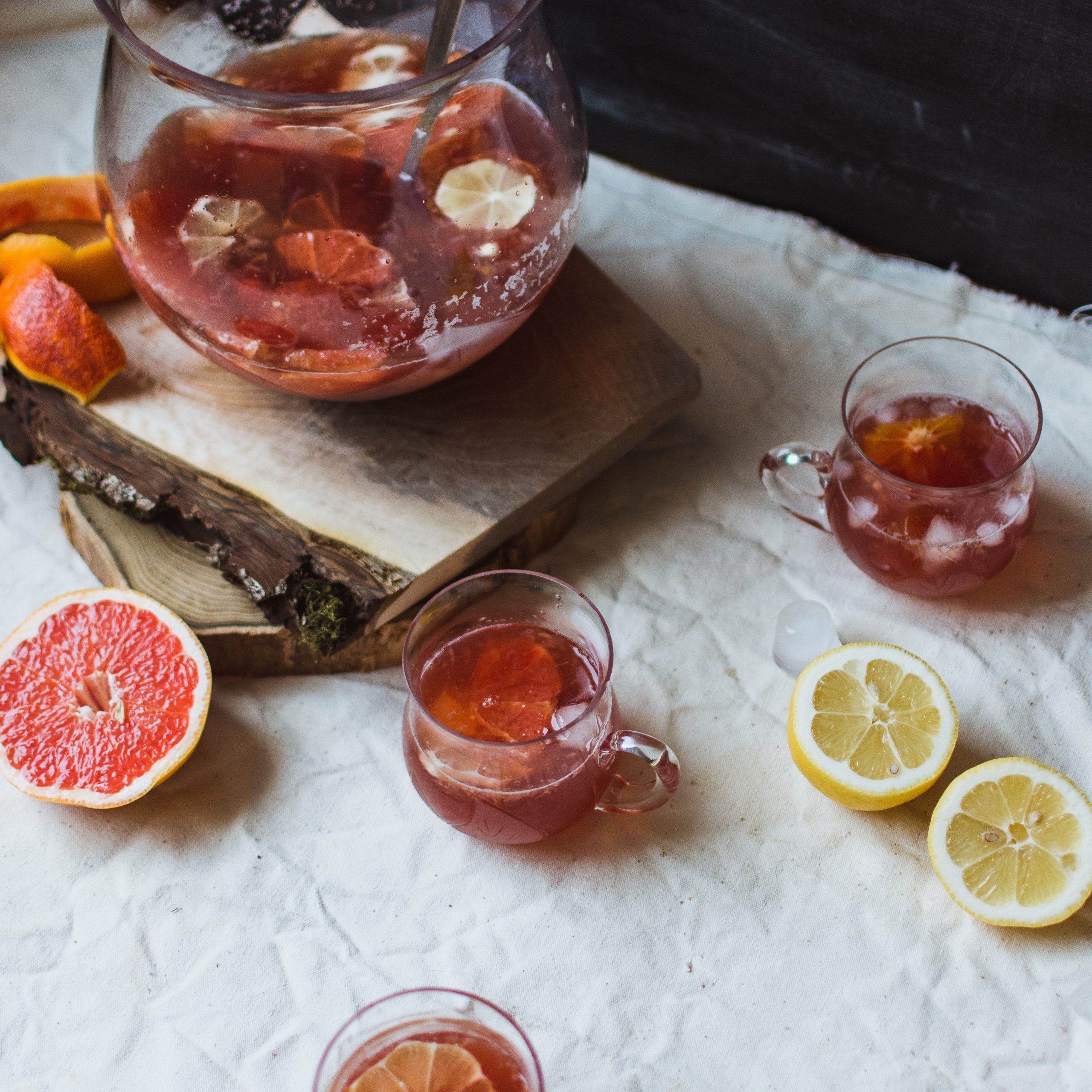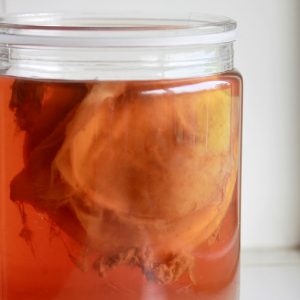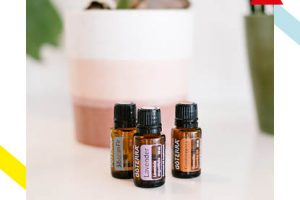How to make your own kombucha

We’ve all got a severe dose of banana bread baking fatigue and we’re long done with our homemade sourdough but, now that life is opening up, many of us are unwilling to go back to our old ways. If you’re still enjoying the quieter life at home – or you’re trying to instill healthy habits to balance out the fact you’re back in the pub and eating out again – why not have a go at making your own kombucha?
It does requires a little time and work in the beginning, but think of it as a new project or hobby – kind of a cross between gardening and cooking, if you like.
What is kombucha?
Kombucha is a fermented drink made out of sugar, tea, and a symbiotic colony of yeast and bacteria. It might not sound that appetizing, but kombucha can actually be delicious. It has recently grown in popularity but it’s no fad – kombucha has been around for thousands of years and is said to have originated in China in 220 BC.
Like other fermented products like yoghurt, kimchi and kefir, kombucha is packed with good bacteria and is probiotic, promoting a healthy gut, boosting our immune system and helping with digestion. Kombucha also has antibacterial properties and is rich in antioxidants – especially if made with green tea.
So how does it taste? Kombucha naturally has a taste similar to vinegar and cider. It contains a little bit of alcohol (so little that you won’t notice it at all) and, although it is made out of sugar, there isn’t much left after the fermentation process since the sugar functions as “food” for the SCOBY (an acronym that stands for ‘symbiotic culture of bacteria and yeast’). The SCOBY is the “mother” – you’ll know what that means from all that talk about sourdough starters in lockdown – you use when making kombucha, and it looks like a round, flat raw chicken breast (yes, delightful).
New layers start to grow on the SCOBY with every new batch you make, which means that you basically get more and more kombucha for each brew. You can use these for future batches, or give to friends who also want get started with homemade kombucha.
How to make kombucha at home
Making kombucha is a fermentation process in two steps; the first is about making the actual kombucha, and the second to carbonate it and add flavour. The first step is to get a SCOBY – if you can’t get one from someone you know, you can buy them online or in some health stores. It’s important that all tools used during the process are clean in order to avoid poisoning and allergic reactions.
1 Clean a big glass jar (preferably a 3 litres) jar with a sterilant liquid or spray in addition to regular dish soap.
2 Boil 2.5 litres of water with 2 tbsp of tea and add 150 grams of white sugar. Unflavoured and organic loose leaf tea is the best tea to use (you can use different teas but black tea is the best to use)
3 When it has been boiling for a few minutes, remove the tea leaves by straining the brew and let it then cool to room temperature (which might take a couple of hours). This is very important as hot water will kill the SCOBY.
4 Pour the brew into the cleaned glass jar. Add the SCOBY and some if its original liquid. Make sure not to touch the SCOBY with any metals as they can react with the acidic kombucha and hurt the SCOBY.
5 Remove the lid from the jar and cover the opening with a clean cotton towel instead. Tie a band or a bit of thin rope around the opening of the jar so that the towel stays in place. Leave the glass jar in room temperature for 7-10 days to ferment.
6 Leave the glass jar at room temperature for 7-10 days to ferment – the longer you wait, the less sweet and more tart it becomes. Stir with a wooden spoon or paper straw (remember, no plastic or metal) once a day to prevent mould from growing on the SCOBY. If it still happens, you will unfortunately have to toss the whole batch and start over again.
7 After 7-10 days, pour the kombucha brew from the glass jar, leaving the SCOBY and about 200ml of the liquid, into cleaned glass bottles. Fill them with about 2/3 with kombucha and then add 1/3 of fruit juice in order to carbonate and add flavour. Try freshly-squeezed grapefruit juice, watermelon, ginger or blueberries, but you can basically add any fruits, berries, and herbs that you like. Honey, sage, and lemon are also great flavours to add. Leave about 2-3 cm at the top so that the pressure doesn’t get too high in the bottle when the fruit juice carbonates it.
8 Brew new tea (step 2) and add into the glass jar with the SCOBY and the 200ml of the “old” brew. This is a new batch.
9 Let the kombucha in the glass bottles ferment a second time for about 3-4 days. Carefully open the bottles (they might pop when you open them) after 2-3 days and taste it (use a paper straw that you just stick into the bottles) to determine if you want it to ferment longer. The more days, the more carbonated it will become. Just make sure you don’t ferment it too long – if the pressure in the bottles get too high it can make them explode.
10 When you are happy with the flavour and level of carbon, put the glass bottles in the fridge to stop the fermentation process. But remember to continue to be careful when you open the bottles.
11 Pour in a glass, add some ice, and enjoy your very own homebrewed kombucha.












